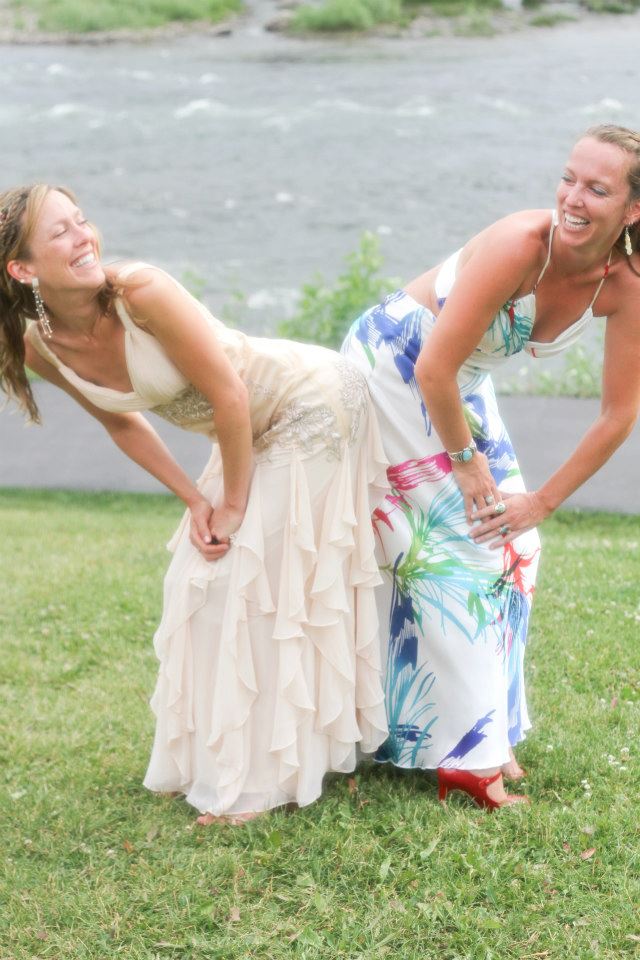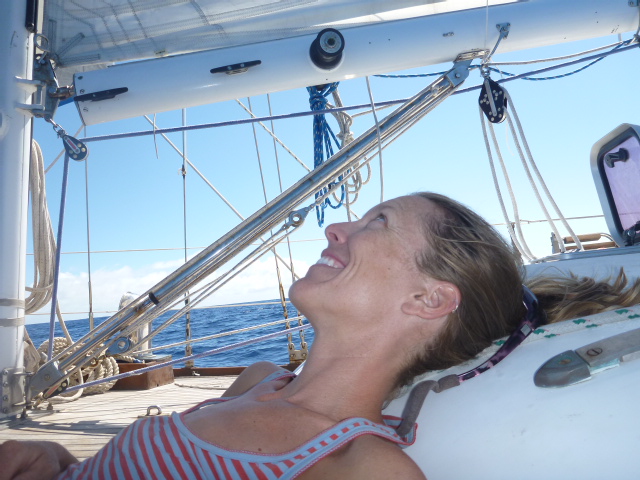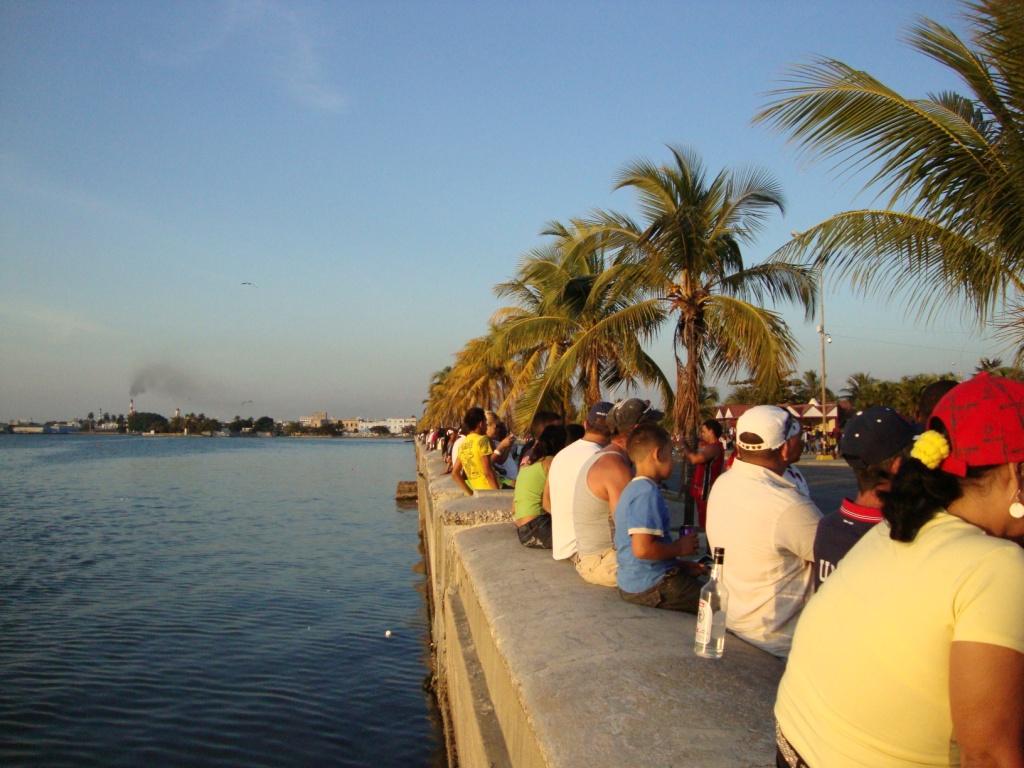I’m so excited!
Ko hoku tokoua tu ne ha’u heni ahoni.
In Tongan, that means: my sister is coming here tomorrow. After eight long months, I finally get to see my favorite person again. She’s my other half. (Luckily, Rob is totally cool with sharing those two descriptors with Cassidy.)
The Tongan word for a sibling of the same sex is “tokoua.” You use different words when referring to your borther if you’re a woman, or your sister if you’re a man. But for Cass and me, “tokoua” applies in more ways than one. It literally translates to “second person,” since “toko” is person and “ua” is two. We’ve always been two peas in a pod, mistaken for twins, and best friends. She is my second person. With her around, I feel more complete.
It feels like Rob and I have been planning for Cassidy’s visit for about 6 of the 8 months we’ve been traveling through the South Pacific. We would discuss the ideal location to be in December while sailing a multi-day passage in July. We would dive on a reef in Bora Bora and say, “Cass would love it here.” We scoped out beaches in Tonga to map out the best spots to bring her. We busted ass cleaning and repairing Waking Dream to make sure it was a lovely home for her stay (her bed’s been made for over a week, since I’m so excited).
And now she’s flying in. Today. To Tonga. It seems surreal, in many ways, to have our Montana life and our American family pop up in this new home with our new friends. But it also feels exactly right. I can’t wait to have Cassidy meet Vava’u, and for Vava’u to embrace Cassidy.
Ko hoku tokoua tu ne ha’u heni ahoni. Oku ou lahi aupito fiefia!
My sister is coming here tomorrow. I’m so very happy!

















